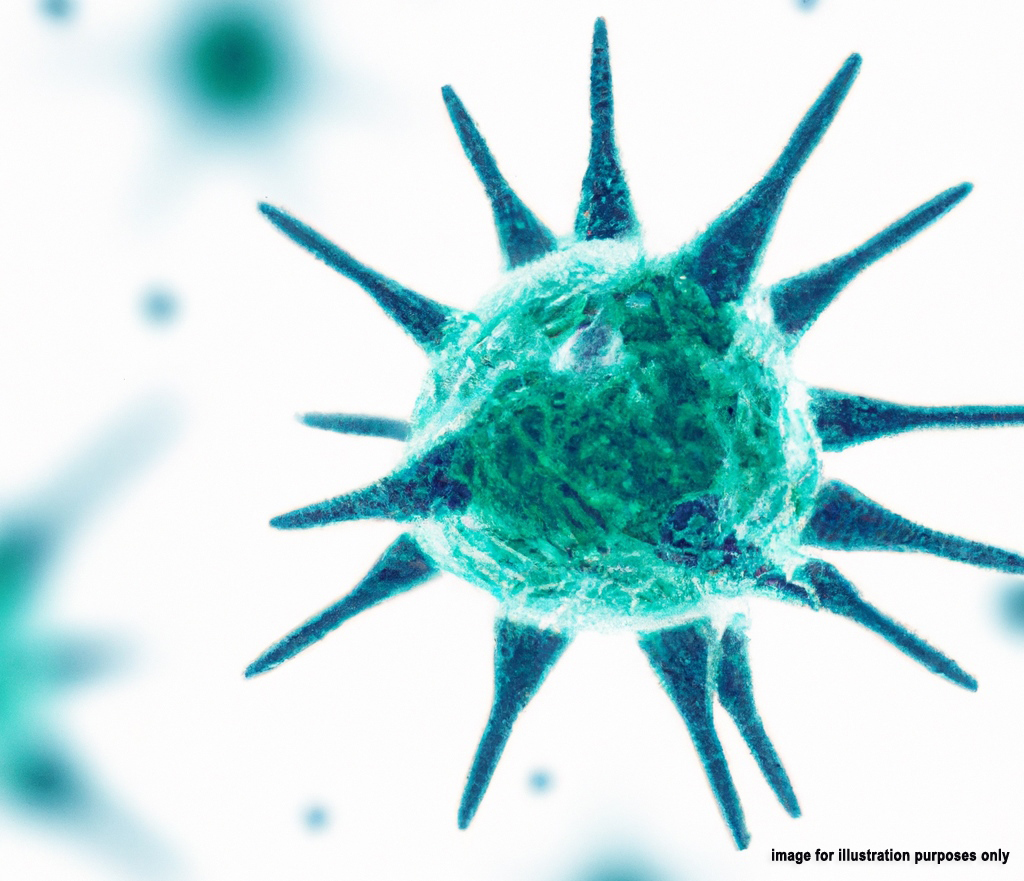Asthma

Asthma, a condition characterized by inflammation in the airways, causes
narrowing and swelling of the lung passages, resulting in symptoms like
wheezing, shortness of breath, chest tightness, and coughing.
Asthma occurs when an asthma attack triggers the tightening of muscles
around the airways and swelling of their lining, reducing airflow. This
reaction is often prompted by allergens or other triggers, including pet
dander, dust, cold weather, chemical irritants, exercise, mold, pollen,
respiratory infections, stress, and tobacco smoke.
In some patients, asthma can be provoked by aspirin and other nonsteroidal
anti-inflammatory drugs (NSAIDs). Many individuals with asthma have a
personal or family history of allergies, while others do not.
Symptoms of asthma typically include intermittent attacks separated by
symptom-free periods, with some experiencing chronic shortness of breath
punctuated by episodes of exacerbated symptoms. Wheezing or coughing may
predominate as the main symptoms. Asthma attacks can vary in duration and
severity, potentially becoming dangerous if airflow is severely restricted.
Emergency symptoms may include a bluish tint to the lips and face, decreased
alertness, extreme difficulty breathing, rapid pulse, severe anxiety, and
sweating.
Diagnosis often involves allergy testing to identify triggers and
respiratory irritants. Common allergens include cockroach allergens, dust
mites, molds, pet dander, and pollens, while irritants may include fumes
from burning wood or gas, pollution, and tobacco smoke.
Treatment aims to manage symptoms by avoiding triggers and controlling
airway inflammation. Medications fall into two categories: control drugs to
prevent attacks and quick-relief drugs for use during attacks. Control drugs
include inhaled corticosteroids and long-acting beta-agonist inhalers, while
quick-relief drugs encompass short-acting bronchodilators.
Patients are encouraged to develop self-care skills, such as recognizing
symptoms, using peak flow meters, understanding triggers, and having an
asthma action plan in place. This plan should outline medication usage
during stable periods, strategies to avoid triggers, and indications for
seeking medical assistance. Peak flow meters help monitor lung function,
with values indicating the severity of an asthma attack.
undo Common Diseases in Singapore